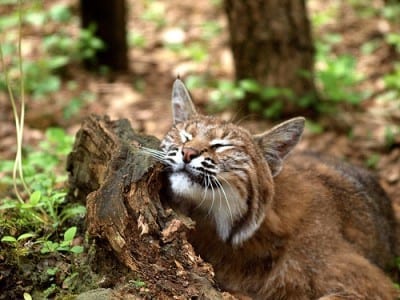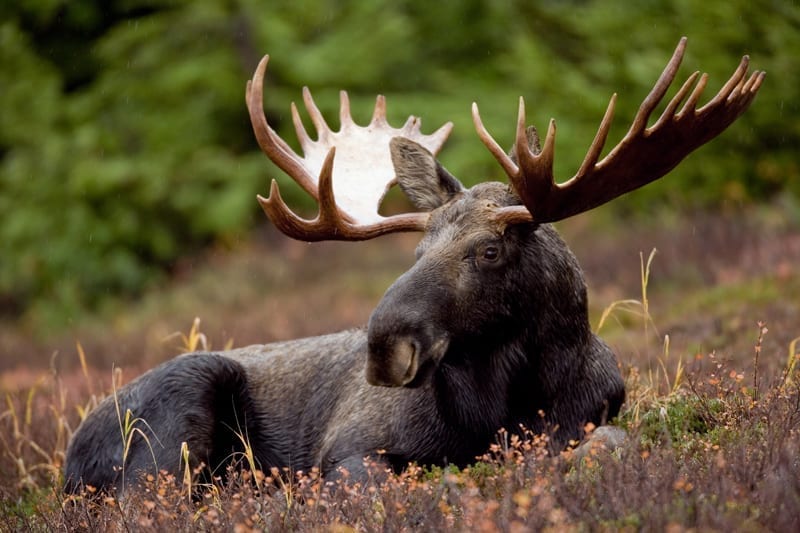Canada Lynx
From historical records we know that Canada lynx were present in New York State in the past; however, we do not know for sure if there were ever self-sustaining resident populations in New York. It is likely that there were always lynx traveling through the state from other areas and that the New York population [...]







